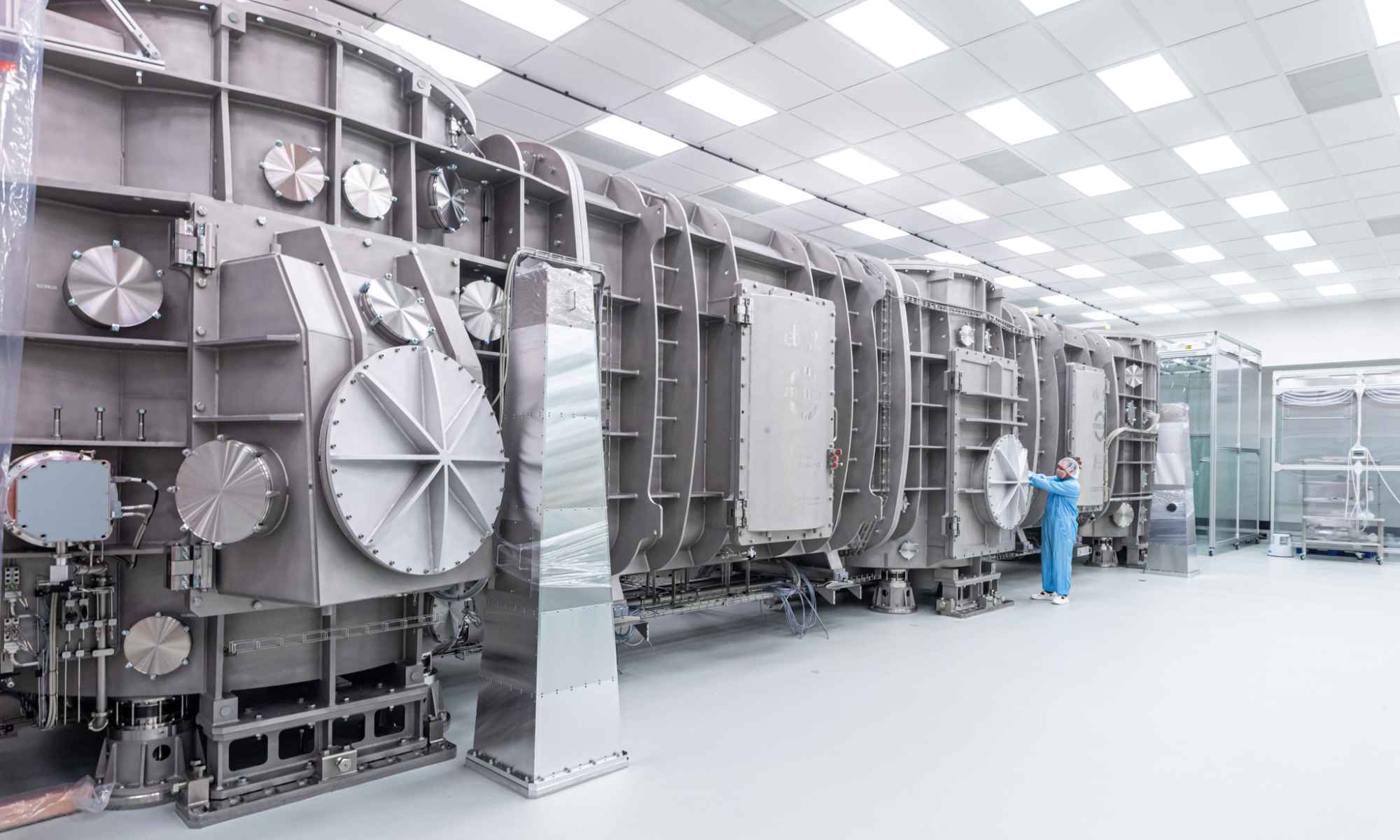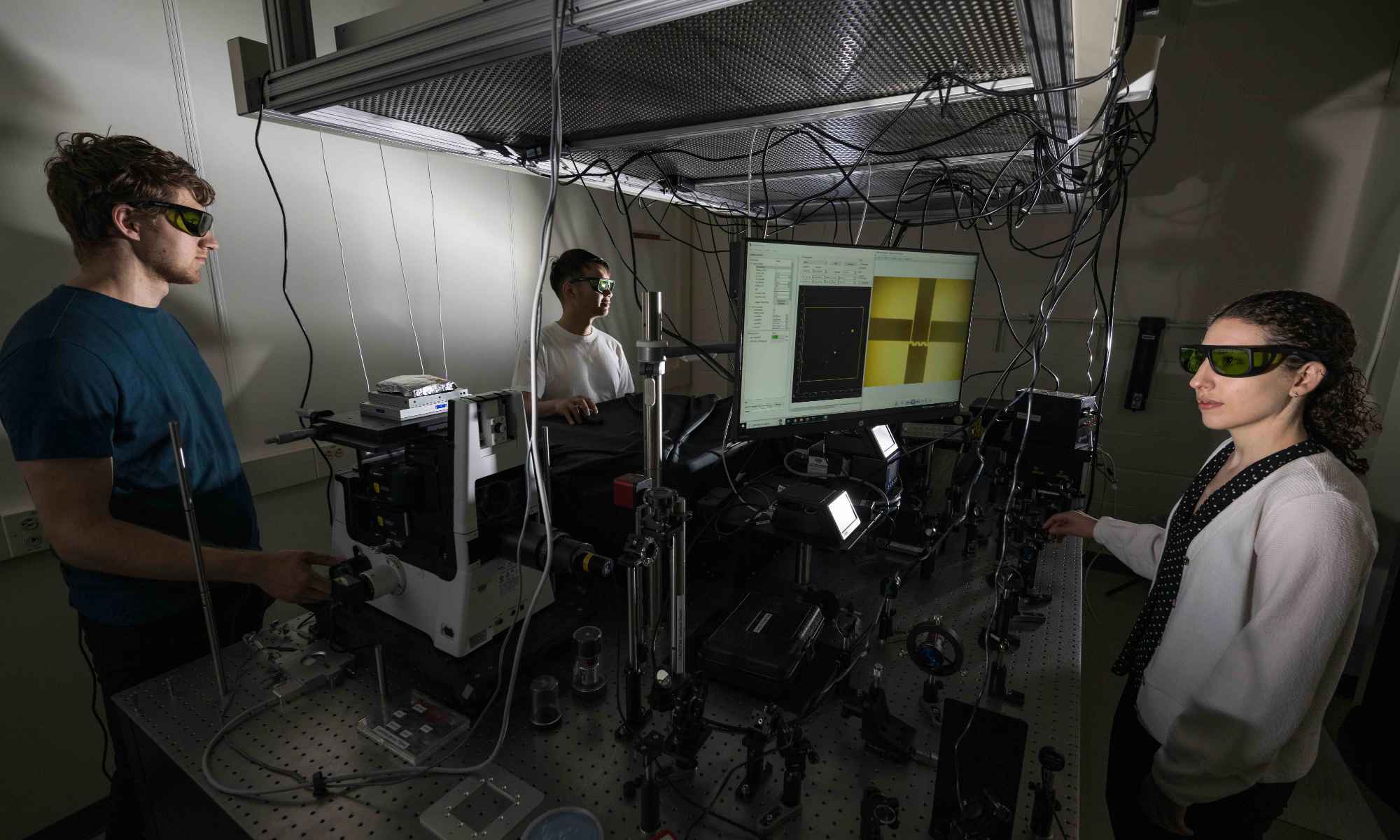Masatoshi Koshiba ’55 (PhD), who died November 12, received the 2002 Nobel Prize in Physics for detecting and measuring subatomic particles known as neutrinos.
Rochester graduate Masatoshi Koshiba ’55 (PhD), a physicist who shared the 2002 Nobel Prize in Physics, passed away on November 12 at the age of 94.
Koshiba helped solve one of the great mysteries of 20th-century physics: detecting and measuring neutrinos, subatomic particles that are a byproduct of interstellar nuclear reactors such as the sun. Neutrinos are one of the most abundant particles in the universe, but they are sometimes referred to as “ghost particles” because, compared to other known subatomic particles, neutrinos rarely interact with atoms.
Rising to the challenge of measuring such elusive objects, in the 1980s, Koshiba spearheaded the development of the Kamiokande detector, a massive underground facility located in an abandoned mine in Japan. The detector’s water-filled apparatus is designed to catch neutrinos as they are emitted from the sun.
“Professor Koshiba led the development of the first large-scale detectors that opened up the field of neutrino astronomy,” says Kevin McFarland, the Dr. Steven Chu Professor of Physics. “In the years since, detectors have not only led to important observations about the universe, but they also made discoveries about the properties of neutrinos themselves.”
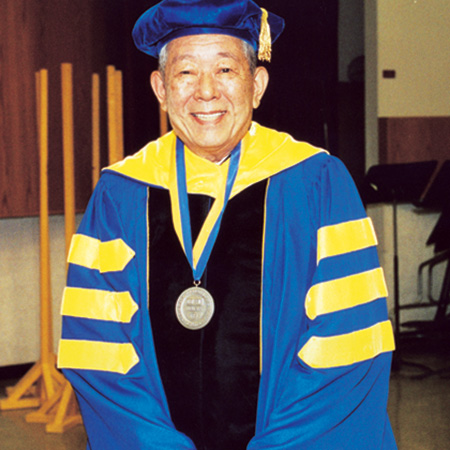
The observatory detected neutrinos from a supernova explosion in 1987 and a year later observed neutrinos from the sun. The original facility was superseded by a larger, more sensitive detector known as the Super-Kamiokande observatory, which was completed in 1995. In 1998, the facility, which is part of University of Tokyo’s Institute of Cosmic Ray Research, became the world’s first observatory to confirm that neutrinos have mass. There have since been several iterations of the Super-Kamiokande, which continues to collect data and observe neutrinos.
The measurements from the Kamiokande detector have added to the hypothesis that a fundamental property of neutrinos is that they can spontaneously change from one type—or “flavor”—to another as the particles make their way from the sun to the earth. This finding has implications for the holy grail of physics, the grand unified theory, and suggests that neutrinos may hold the key for understanding why the universe is made up almost exclusively of matter.
“Professor Koshiba was truly a great man among the other greats in our field,” says Steve Manly, professor and chair of the department of physics and astronomy.
Koshiba was born in Toyohashi in central Japan in 1926. He graduated from the University of Tokyo in 1951 and earned his PhD in physics from Rochester four years later. In 1970 he became professor of physics at his alma mater until 1987.
For the next decade he was a professor at Tokai University, and he worked as a senior counselor at the International Center for Elementary Particle Physics. Koshiba was awarded the Humboldt Prize in 1997 and, in 2000, he received the Wolf Prize in physics—an honor considered second only to the Nobel Prize in prestige. He returned to Rochester in 2000 to receive the Distinguished Scholar Award. In 2015, one of his protégées, Takaaki Kajita, won the Nobel prize in 2015 for one of the next generation neutrino projects.
Today, Rochester researchers—including McFarland and Manly—are building upon the neutrino research conducted by Koshiba.
“It’s no exaggeration to say that the dramatic increase in research on neutrinos, including the work of faculty at University of Rochester, is a direct result of the discoveries from the program started by Professor Koshiba,” McFarland says.
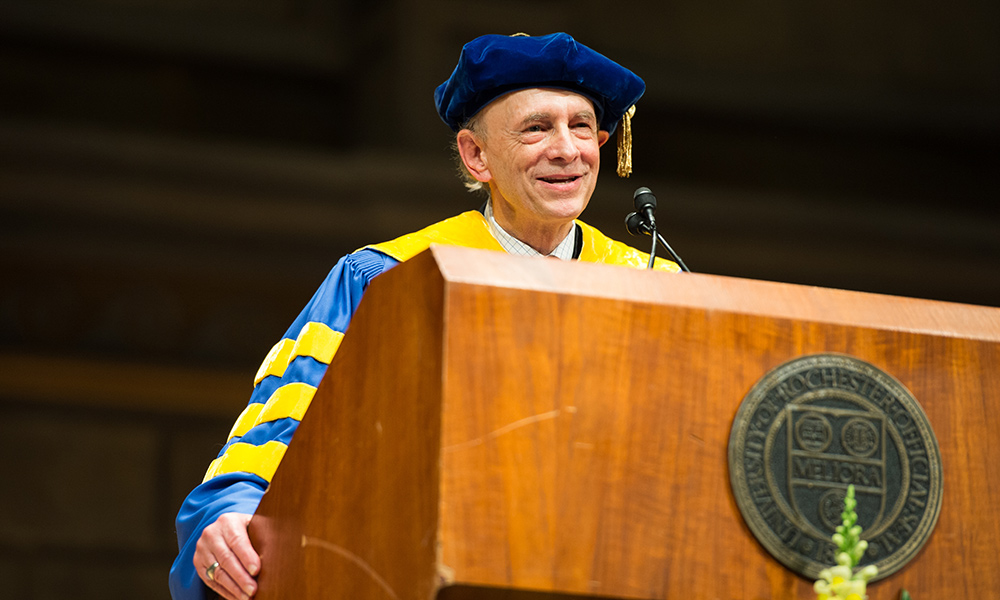 Rochester’s Nobel laureates
Rochester’s Nobel laureatesRochester alumni and faculty have to date received a total of 13 Nobel Prizes, across a range of categories that includes physics, medicine or physiology, and economics.
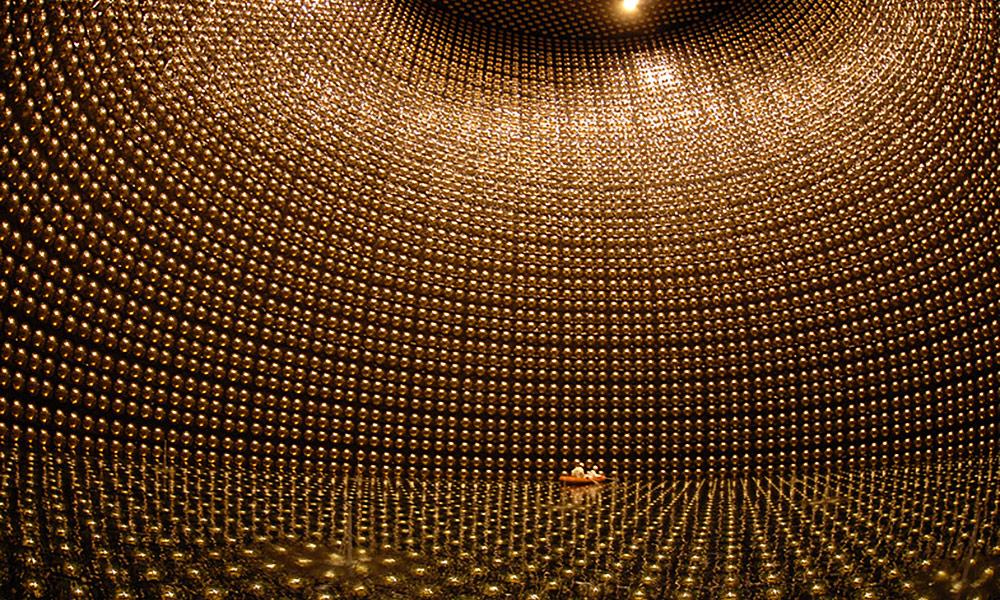 Why is the universe made up almost exclusively of matter? Neutrinos may hold the key
Why is the universe made up almost exclusively of matter? Neutrinos may hold the keyExperiments conducted in a mine in Japan may hold clues to explain why the matter than makes up the universe escaped annihilation by anti-matter during the Big Bang
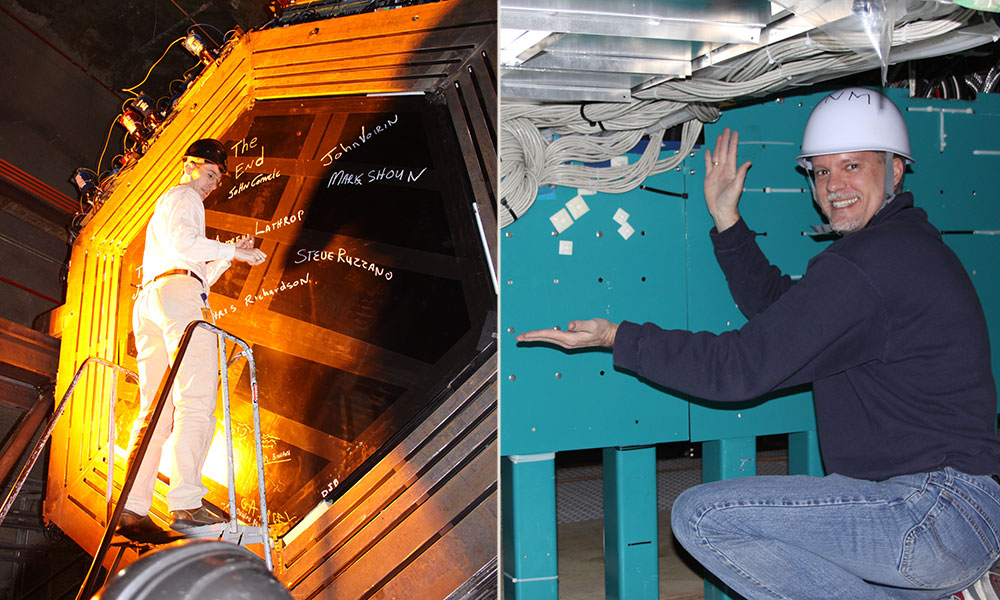 Rochester team among those awarded $3 million Breakthrough Prize for work with neutrinos
Rochester team among those awarded $3 million Breakthrough Prize for work with neutrinosA team led by professors Steven Manly and Kevin McFarland was honored “for the fundamental discovery of neutrino oscillations, revealing a new frontier beyond, and possibly far beyond, the standard model of particle physics.”


